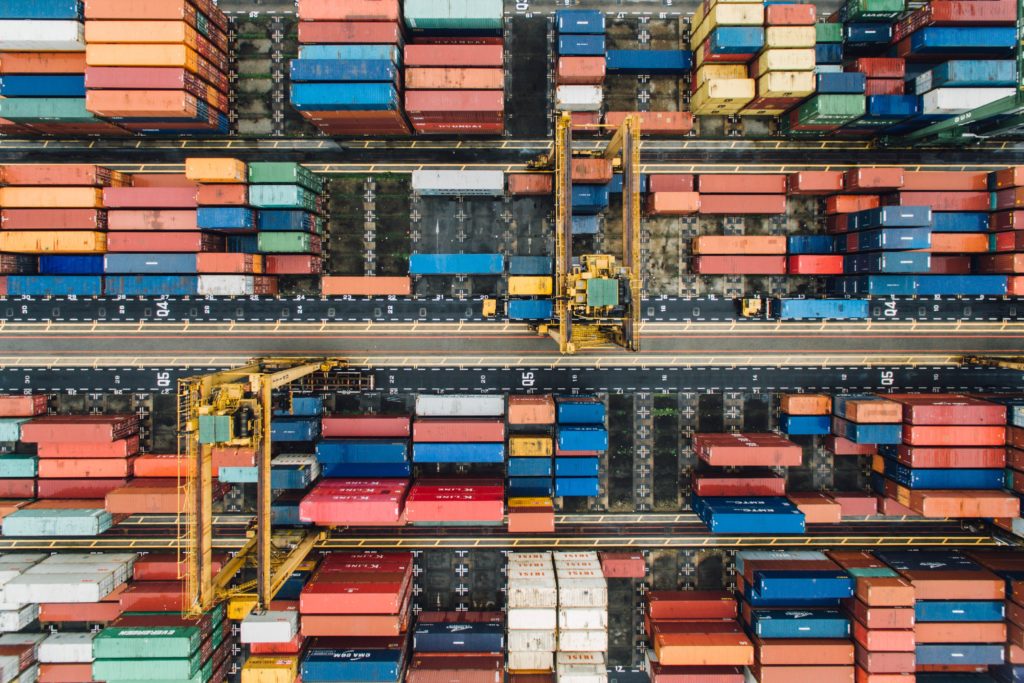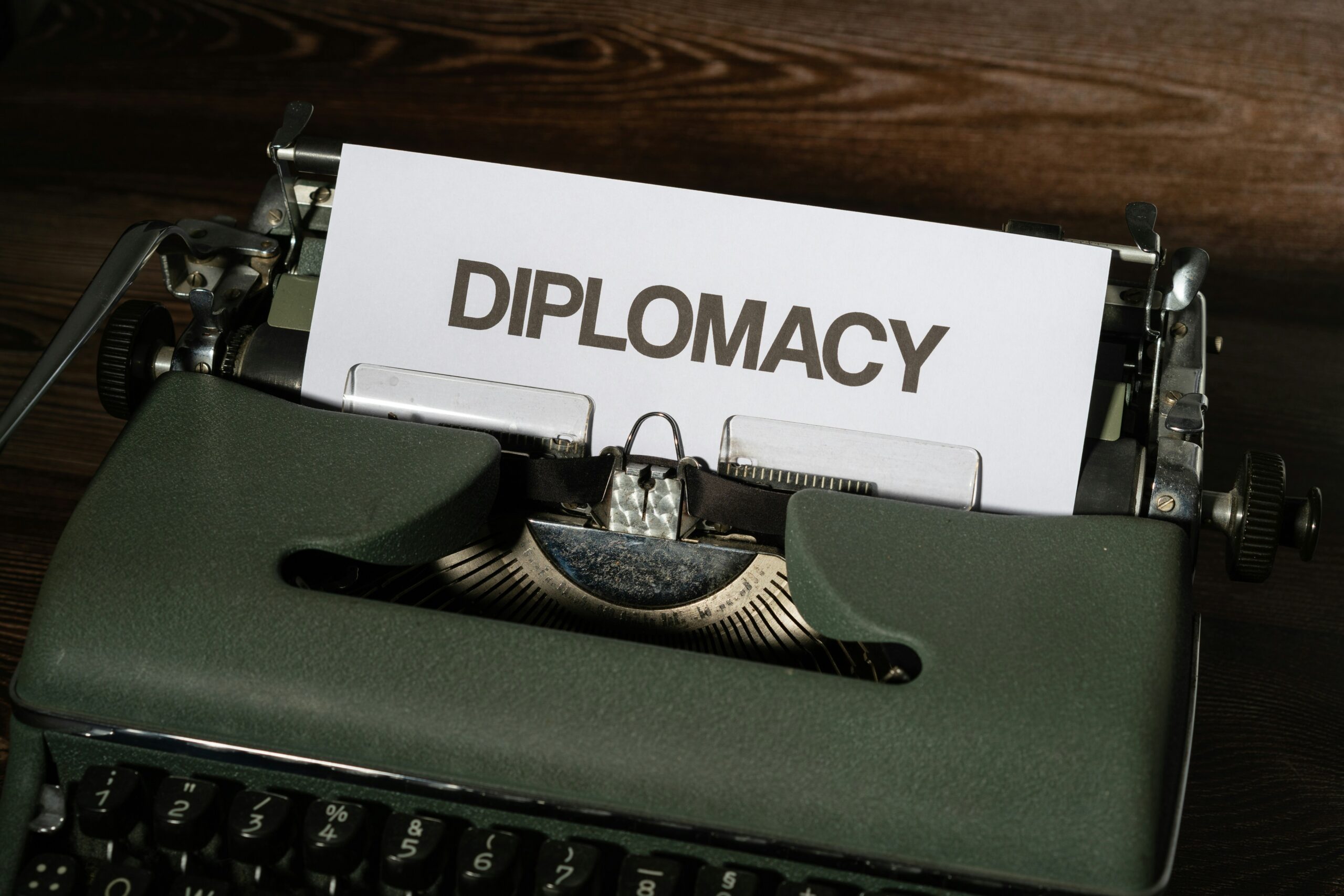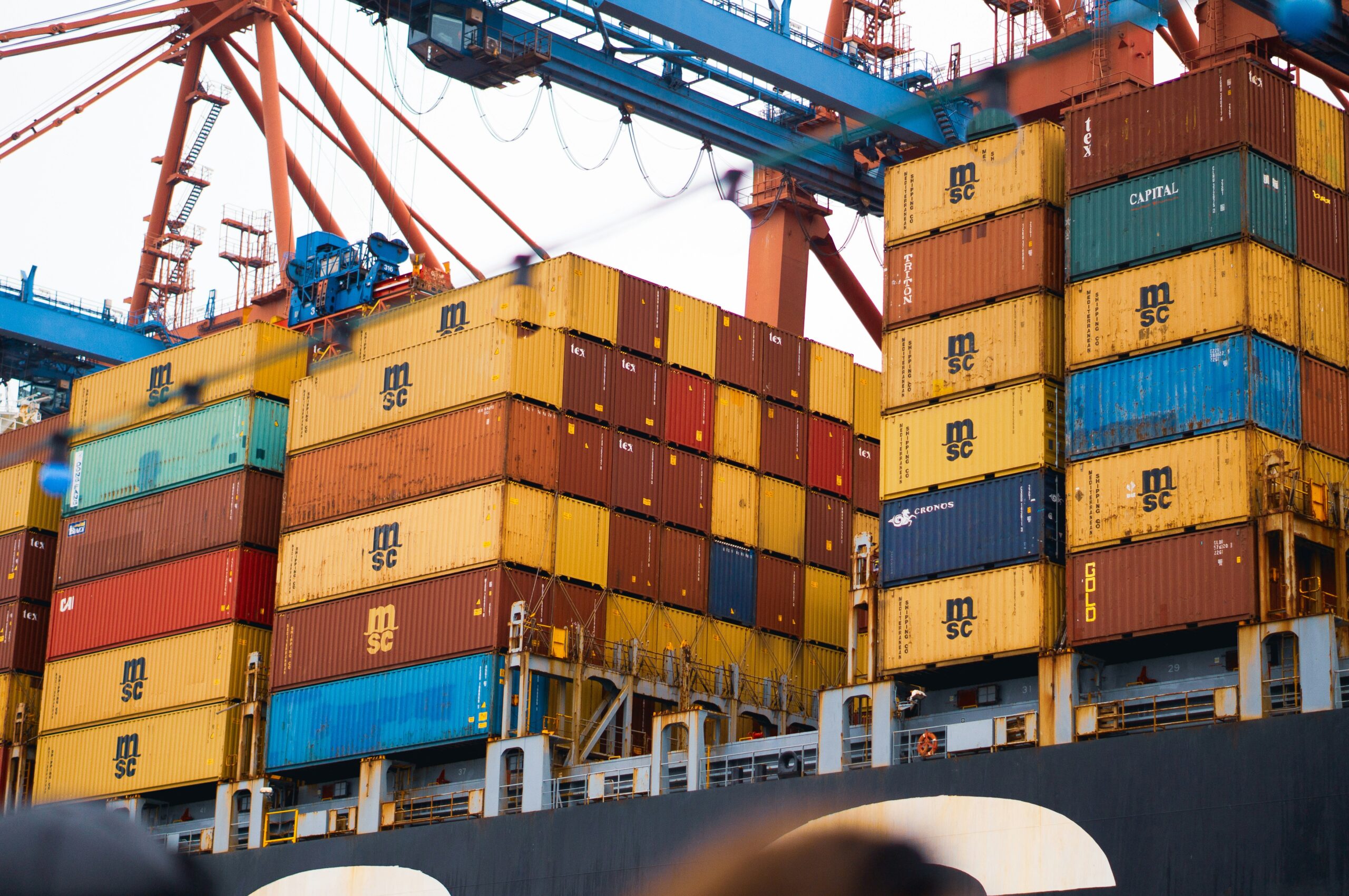The Marrakesh Agreement Establishing the WTO established the Trade Policy Review Body (TPRB), a subsidiary body of the General Council, to oversee the Trade Policy Review Mechanism (TPRM). The TPRM provides Members with a forum to discuss the trade policy of the nation under review from a multilateral standpoint. An activity that runs throughout all of the WTO’s work is the monitoring of national trade policies. The Trade Policy Review Mechanism is at the heart of this activity. Since the reviews are essentially peer-group evaluations, the WTO Secretariat does much of the fact-checking.

Background
The Trade Policy Review Mechanism, which was temporarily formed during the Montreal Mid-Term Review of the Round in December 1988, was an early outcome of the Uruguay Round. The Marrakesh Agreement’s Annex 3 was approved by Ministers in April 1994 and gave the TPRM a permanent position as one of the WTO’s fundamental duties. In 1995, the WTO came into existence, and the TPRM’s mandate was expanded to include services trade and intellectual property.
Objective
The TPRM’s goal is to support increased adherence by all Members to World Trade Organization (WTO) commitments, rules, and disciplines. The purpose of it is to increase the transparency of Members’ trade laws and practices. It is not to enforce WTO agreements, resolve disputes, or impose new trade policy commitments.
Review
Under the TPRM, all WTO Members are answerable to review. The review procedure aims to improve Members’ compliance with WTO rules and contribute to the multilateral trading system’s improved efficiency. Additionally, the review mechanism is a useful tool for increasing the openness of Members’ trade and investment regimes.
The review process
The Trade Policy Review Body (TPRB) conducts reviews based on a member’s policy statement and a report created by economists in the Trade Policy Review Division of the Secretariat. The Secretariat solicits the Member’s assistance in putting up its report, but it is solely responsible for the information provided and the opinions expressed. The reports are broken down into chapters that go into great detail about the Member’s trade practices and policies, as well as about the institutions that decide on trade policy and the macroeconomic environment. The Secretariat’s Summary, which summarizes the report and offers the Secretariat’s viewpoint on the Member’s trade policy, comes before these chapters. Following the review meeting, the text of the TPRB Chairperson’s Concluding Remarks, as well as the Secretariat report and the Member’s policy statement, are published.
Regularity of reviews
Depending on the Member’s percentage of world trade, evaluations may occur more frequently. Every three years, the four largest trading partners—the European Union, the United States, China, and Japan—are reviewed. Every five years, the next 16 largest trading partners are reviewed, and every seven years, the remaining members are reviewed. For members from least-developed nations, a longer time frame may be established. Before the agreement’s amendment in July 2017, the review cycles were two, four, and six years, respectively. These review cycles were changed, starting on January 1, 2019.
Domestic openness
Members understand the importance of domestic government decision-making transparency for the economies of Members and the multilateral trading system. They accept that domestic openness must be implemented voluntarily and take into account each Member’s legal and political systems. They also agree to encourage and promote greater transparency within their systems.
Reporting
Each Member submits frequent reports to the TPRB to ensure the highest level of transparency. According to the format approved by the TPRB, the reports outline the trade policies and practices used by the Member. When there are any substantial changes to their trade policies between assessments, Members offer succinct reports. On request, the Secretariat provides technical assistance to members from developing countries, particularly those from the least developed countries.



